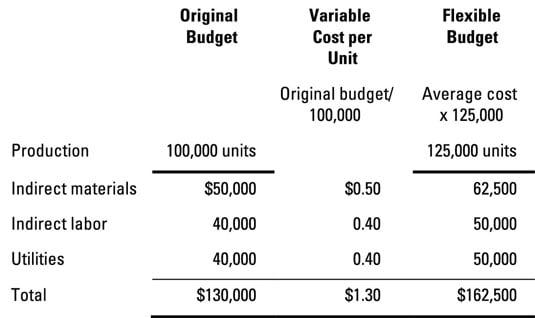
When the margin between revenue and variable costs is smaller, profit per unit decreases.

Raise the price of the product per unit to increase profit, until demand goes down and then lower prices if sales drop. Alter the price based on supply and demand.This means each unit of your product brings in $60 of profit, not taking into account overhead costs. Take the profit and divide it by 1,000 units for a contribution per unit of $60. The cost per unit is: (30,000 Fixed costs + 25,000 variable costs) 5,000 units 11/unit. In the following month, ABC produces 5,000 units at a variable cost of 25,000 and the same fixed cost of 30,000. Revenue of $100,000, minus costs of $40,000, is $60,000 in profit for the product. The cost per unit is: (30,000 Fixed costs + 50,000 variable costs) 10,000 units 8 cost per unit. So, for example for Apples, the selling price for 2018 is 11 (660 Sales / 60 units. From the data available, you can easily calculate the selling price per unit of each fruit (Amount of Sales () for each fruit sold divided by the number of units sold). Take the overall calculations of revenue and costs, and then divide that figure by the units. Any change in price directly impacts Profit margin. This means the variable costs totaled $40,000. For example, the aforementioned 1,000 products include $40 of variable costs each. For instance, if your company sells 1,000 products at $100 each, the overall revenue is $100,000.Ĭalculate the variable costs that go directly into the product, such as materials, supplies, wages and commissions.



 0 kommentar(er)
0 kommentar(er)
